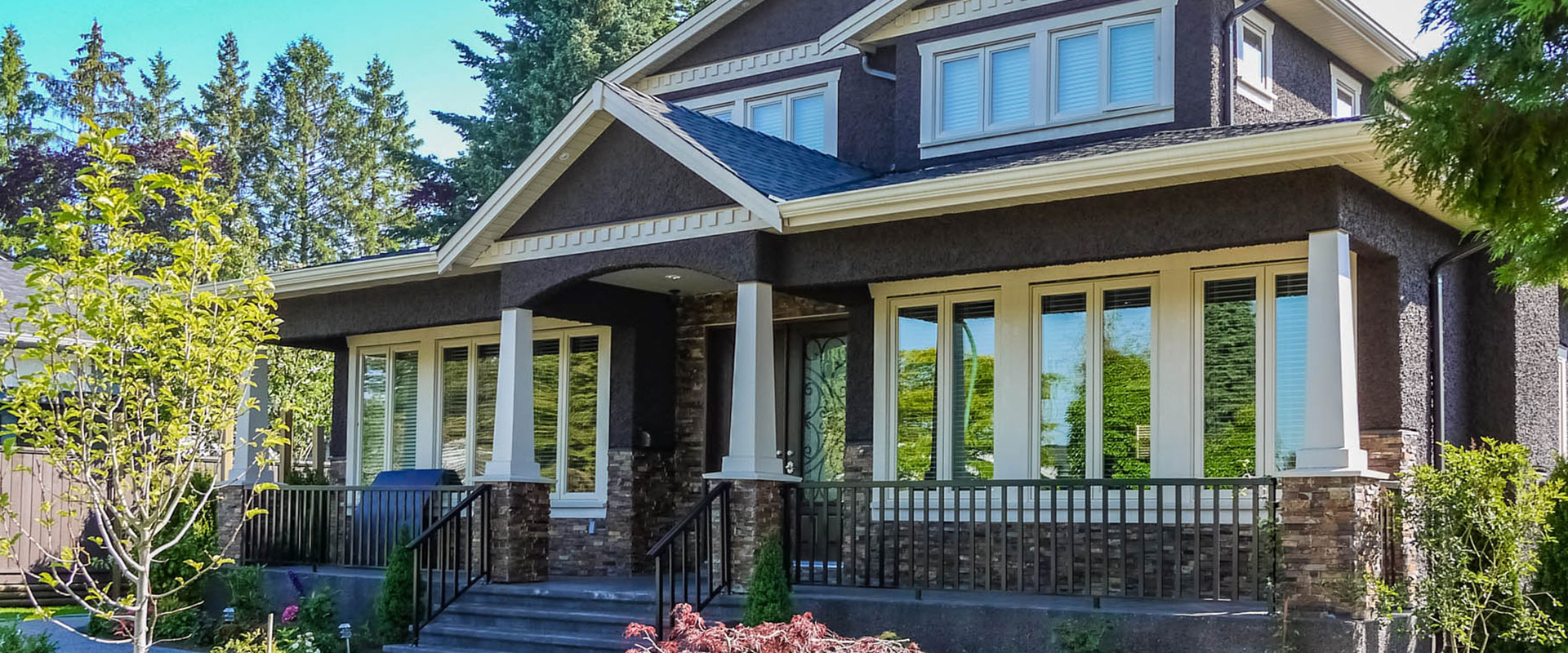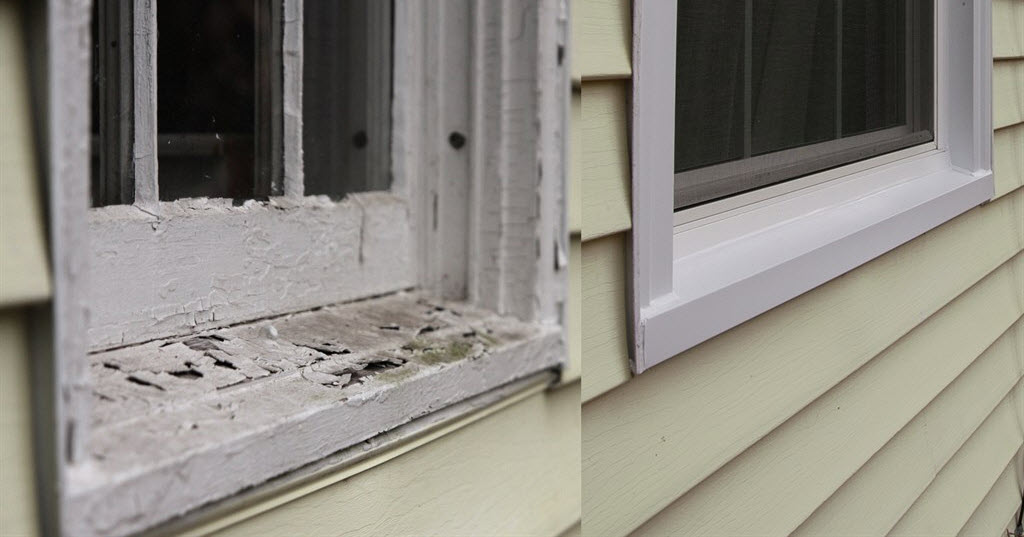Leading Houston Window Replacement Specialists for Your Home
Leading Houston Window Replacement Specialists for Your Home
Blog Article
Upgrade Your Home With Energy-Efficient Window Substitutes
In the realm of home renovation, the decision to update to energy-efficient window replacements can significantly affect both the functionality and appearances of a residence (Woodlands window replacement). As homeowners seek means to enhance the efficiency and sustainability of their home, the selection of windows plays an essential role in achieving these objectives. Past the surface level of simple appearances, energy-efficient windows use a plethora of benefits that surpass simple aesthetic allure. With a careful selection process that thinks about numerous factors, from glass types to setup methods, starting this home upgrade journey could show to be a transformative venture.
Benefits of Energy-Efficient Windows

The installation of energy-efficient home windows supplies substantial savings on energy expenses while enhancing ecological sustainability. Energy-efficient home windows are made to lessen heat loss and gain, reducing the demand for heating and cooling down systems to burn the midnight oil. By efficiently shielding the home, these home windows help keep a comfortable interior temperature year-round, causing lower power usage and decreased energy costs. In addition, energy-efficient windows can aid regulate dampness levels within the home, lowering the risk of mold and mildew and mildew development.
Beyond the monetary advantages, energy-efficient windows contribute to ecological sustainability by lowering carbon discharges related to energy manufacturing. By decreasing energy use, these windows help minimize the environmental effect of air conditioning, lights, and heating domestic areas. This decrease in power consumption plays a critical duty in combating climate adjustment and promoting a greener future for generations to come. In general, purchasing energy-efficient home windows not just boosts the convenience and efficiency of a home but likewise lines up with ecologically mindful methods.
Types of Energy-Efficient Glass
Various innovative kinds of energy-efficient glass deal special residential properties that satisfy various requirements and preferences in improving the sustainability and efficiency of buildings. Low-emissivity (Low-E) glass is a preferred alternative created to lessen the amount of ultraviolet and infrared light that can travel through the glass, thereby lowering warmth transfer. This kind of glass assists preserve a consistent interior temperature, decreasing the need for home heating or cooling systems, and ultimately decreasing power expenses. Another cutting-edge choice is spectrally selective glass, which permits noticeable light to pass via while obstructing specific sorts of infrared radiation. This aids in keeping a comfortable indoor setting while lessening heat gain. Triple-pane glass, including 3 layers of glass with protecting gas in between them, offers enhanced thermal insulation, making it extremely energy-efficient. Additionally, self-cleaning glass with an unique finishing that breaks down and loosens up dirt when subjected to sunlight can minimize maintenance demands and maintain windows looking clean. Each kind of energy-efficient glass provides unique advantages, allowing homeowners to select one of the most appropriate alternative based on their details requirements and objectives.
Variables to Consider When Choosing
When considering energy-efficient window substitutes, it is crucial to thoroughly examine particular variables that line up with your sustainability purposes and preferred power cost savings. The U-factor measures exactly how well the home window protects, with reduced numbers indicating far better insulation, while the SHGC indicates the home window's ability to obstruct heat from sunlight. By meticulously assessing these variables, you can choose energy-efficient home windows that enhance comfort, lower energy expenses, and profit the environment.
Setup and Upkeep Tips

Normal upkeep is vital to maintaining the performance of your energy-efficient home windows. Check the home windows regularly for any type of indications of sealant, damage, or wear deterioration. Tidy the structures, tracks, and glass consistently making use of light soap and water to eliminate dirt and grime that can influence efficiency. Inspect the weather-stripping and seals for any rips or spaces and replace them if required to preserve the windows' energy performance.
On top of that, lube moving components such as locks and joints to make sure smooth operation. By adhering to these installation and upkeep suggestions, you can boost the energy performance of your home and prolong the life-span of your energy-efficient windows.
Cost-Benefit Evaluation of Updating

Energy-efficient windows are developed to reduce warm transfer, decreasing the need for heating and cooling down systems to function overtime. This can cause considerable cost savings on energy bills, specifically in areas with extreme temperatures. Additionally, energy-efficient home windows can improve the general value of your home, making it much more attractive to possible customers if you make a decision to sell in the future.
When calculating the cost-benefit evaluation, consider the prospective savings on power expenses, any readily available rewards or rebates, and the life-span of the home windows. While the initial price may be higher, the lasting savings and advantages of energy-efficient windows make them a smart financial investment for property owners looking to boost their home's energy effectiveness and value.

Conclusion
Finally, upgrading to energy-efficient home window replacements supplies various advantages such as decreased power consumption, raised comfort, and price savings. By picking the appropriate sort of energy-efficient glass and considering aspects like frame material and installment, property owners can maximize the effectiveness of their windows. Routine upkeep and proper setup are essential for long-lasting efficiency. Overall, the cost-benefit analysis of updating to energy-efficient home windows shows that the preliminary financial investment can lead to significant cost savings over time.
When contemplating energy-efficient window replacements, it is crucial to carefully examine specific factors that align with your sustainability objectives and desired energy savings. The U-factor steps how well the window insulates, with lower numbers indicating better insulation, while the SHGC shows the home window's capacity to obstruct warm from sunlight. By thoroughly assessing these elements, you can select energy-efficient windows that boost convenience, minimize energy costs, and benefit the setting.
While energy-efficient home windows may have a higher upfront price contrasted to standard windows, the long-term advantages commonly exceed the preliminary investment.In verdict, updating to energy-efficient window substitutes uses various benefits such as lowered power usage, increased convenience, and expense go to website savings.
Report this page